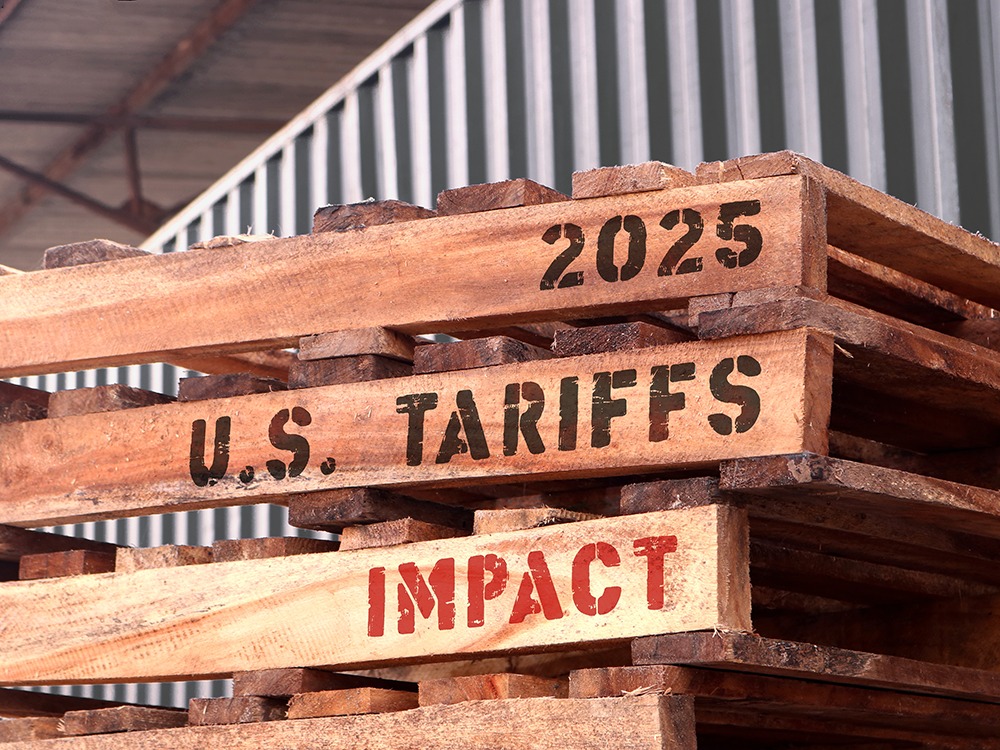In an increasingly unpredictable world economy, the recently concluded trade agreement between the United States and the European Union has achieved something remarkable: it has averted a full-blown trade war. But while the deal has averted crisis, it has also quietly introduced new costs—costs that will be borne not by governments or diplomats, but by companies, consumers, and supply chains on both sides of the Atlantic.
The agreement, which imposes a 15% tariff on most EU goods entering the U.S. (up from an average of just 1.2%), spares certain high-tech sectors like aircraft parts and semiconductor equipment. Yet, for the majority of imports—machinery, vehicles, chemicals, and more—costs will now rise significantly.
The Illusion of Resolution
On the surface, markets responded positively. As reported by The Guardian, global indices ticked upwards following news of the deal, with relief spreading that escalation had been avoided. Some U.S. manufacturers in protected sectors celebrated the outcome.
But this calm is deceiving.
According to MarketWatch, the effective rise in import duties will drive up prices for both businesses and consumers. For sectors reliant on European components or finished products—such as the automotive, consumer goods, and pharmaceutical industries—higher input costs could translate to higher retail prices and reduced competitiveness.
A Strategic Play with Domestic Motives
Beneath the economic terms lies a clear political intent. In exchange for tariff relief in certain industries, the EU committed to:
-
Import $750 billion worth of U.S. energy products over the next three years.
-
Boost investment in American industries by $600 billion.
-
Increase military equipment purchases from U.S. firms (Economic Times).
These are not minor pledges. They align closely with U.S. geopolitical objectives: countering China, restoring manufacturing, and securing energy dominance.
But many European leaders aren’t convinced the exchange is fair. French officials have already labeled the agreement as “unequal and imbalanced“, criticizing it for offering few concessions to EU exporters while locking in major obligations.
The Quiet Cost
Trade diplomacy often disguises its burdens behind press releases and policy wins. But the real cost of this agreement will unfold slowly and silently.
The Associated Press warns that the deal could reduce U.S. economic growth by 0.3% and EU growth by 0.5% over the next two years while inflation pressures persist. Meanwhile, supply chains—already strained by years of disruption—will now face additional cost and complexity.
Behind every policy move are real people: small businesses stretched by rising import costs, workers vulnerable to price hikes, and families adjusting their budgets once again.
Looking Forward
This deal isn’t just a trade pact—it’s a signpost. One that suggests the rules of global commerce are changing.
The U.S.–EU deal signals that strategic self-interest now outweighs economic openness and that diplomatic pressure can replace reciprocal fairness. While the agreement avoids a damaging trade war today, it may seed a more fragmented and transactional global economy tomorrow.
So yes, stability has been bought. But not cheaply.
And for those not seated at the negotiation table—the business owners, workers, and consumers—it’s worth asking: Who’s really paying the price?

[…] Indonesia, Philippines, Taiwan, and Papua New Guinea — where tectonic plates frequently shift […]